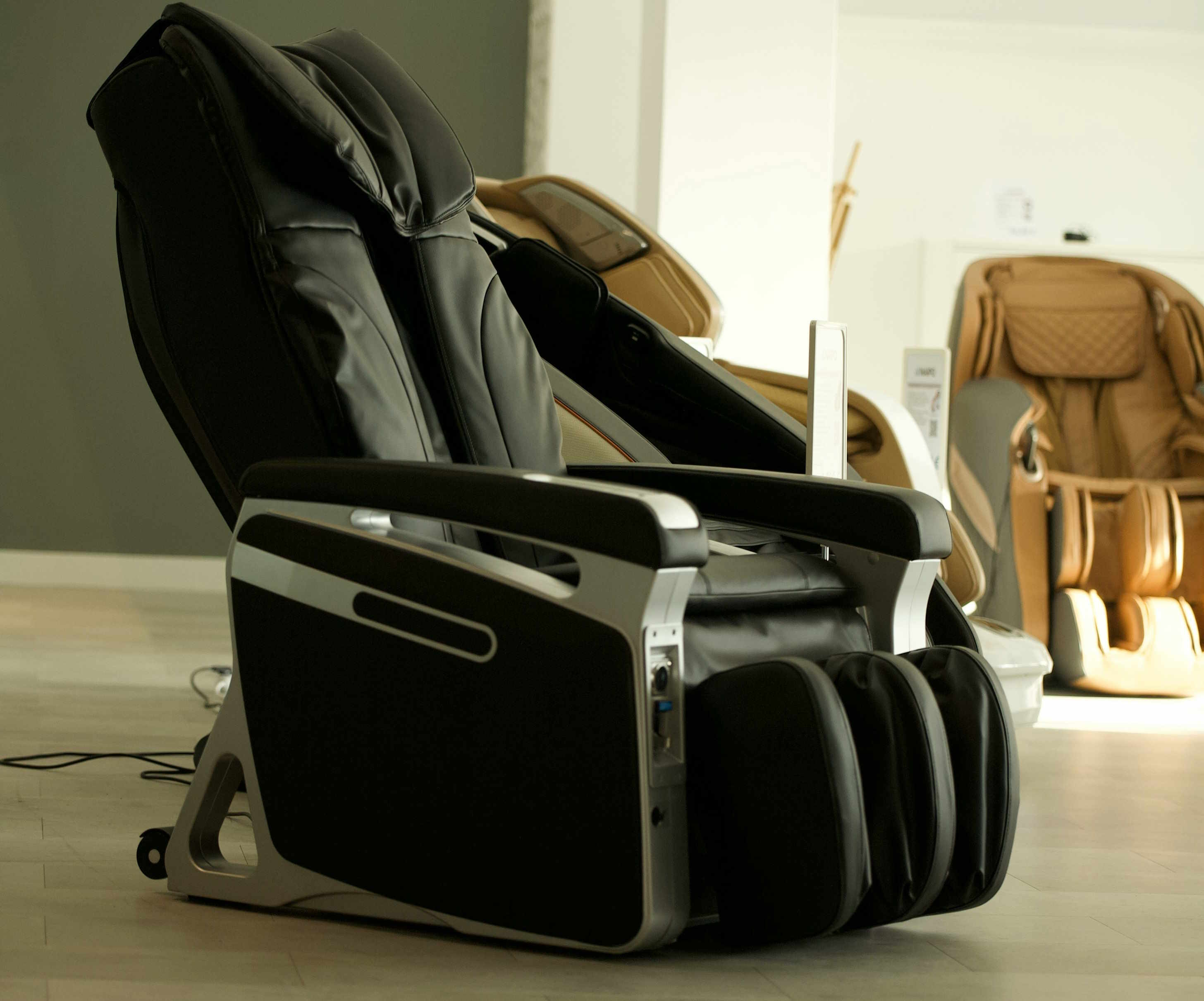Massage Chairs: Guide to Home Furniture, Relaxation, and Therapy
Massage chairs are motorized seats designed to provide hands-free massage techniques in a home environment, blending functional therapy with everyday furniture. Used for decades in clinics and lounges, modern models combine rollers, airbags, heat, and programmable settings to address muscle tightness, improve circulation, and support general relaxation. This article explains how massage chairs fit into home living spaces, what to expect from their relaxation and therapeutic features, and practical considerations for choosing and maintaining one.

This article is for informational purposes only and should not be considered medical advice. Please consult a qualified healthcare professional for personalized guidance and treatment.
What is a massage chair?
A massage chair is a specialized piece of furniture that automates various massage techniques—such as kneading, tapping, rolling, and compression—through built-in mechanisms. Components often include track systems that follow the spine, airbags for compression on limbs and shoulders, and heaters to warm muscles. Settings are typically adjustable, allowing users to select intensity, duration, and focus areas. While the technology varies between basic and advanced models, the core purpose remains consistent: to provide convenient, repeatable massage sessions without a practitioner present.
How massage chairs function as home furniture
Beyond massage functions, chairs are designed to integrate into living rooms, bedrooms, or home offices, often matching other furniture styles in color and size. Manufacturers balance aesthetics and ergonomics: upholstery choices range from leather-like materials to breathable fabrics, and the chair footprint is considered to fit standard doorways and room layouts. Placement matters for usability and power access; some models require a few inches from the wall to fully recline. Thoughtful selection ensures the chair complements existing home furniture while remaining a functional wellness amenity.
How massage chairs support relaxation
Massage chairs use mechanical motions and compression to reduce muscle tension and promote relaxation through both physical and sensory pathways. Slow, rhythmic motions can lower muscle activation and support a sense of calm, while heat modules increase local blood flow. Many chairs include pre-programmed sessions tailored to relaxation, stress relief, or sleep support. For people seeking daily stress management, a regular short session in a comfortable home setting can be a consistent way to unwind. Effects vary by individual and are typically temporary, supporting relaxation rather than serving as a cure for underlying conditions.
Massage chairs and therapy considerations
Some massage chairs offer therapeutic functions that may aid in recovery or symptom management, such as lumbar support, traction-like features, or targeted compression for swollen limbs. Physical therapists and clinicians sometimes recommend specific settings as part of a broader care plan, but recommendations depend on individual diagnoses. Contraindications include certain cardiovascular conditions, acute injuries, recent surgeries, or specific skin disorders. Users with health concerns should consult a qualified healthcare professional before using a massage chair to ensure that selected features and intensity levels are appropriate.
Choosing and maintaining a massage chair at home
Selecting a chair involves matching intended use, available space, and durability expectations. Consider features like adjustable intensity, targeted zones, heat, zero-gravity recline, and user profiles for multiple household members. Test reclining range and comfort where possible, and check warranty coverage for motors and upholstery. Maintenance typically includes regular dusting, careful cleaning with manufacturer-approved products, and avoiding prolonged exposure to sunlight or moisture. Annual checks of electrical components and fasteners help prolong service life. Proper care preserves both the chair’s function as furniture and its therapeutic value.
Conclusion
Massage chairs combine mechanical massage technology with furniture design to create a convenient in-home option for relaxation and supportive therapy. They serve different needs—from short daily relaxation sessions to occasional therapeutic use—depending on features and individual circumstances. Choosing a model requires balancing aesthetics, functionality, and safety, and maintenance helps protect your investment and ensure consistent performance. For health-related decisions about use, consult a healthcare professional to align chair features and settings with personal medical needs.






